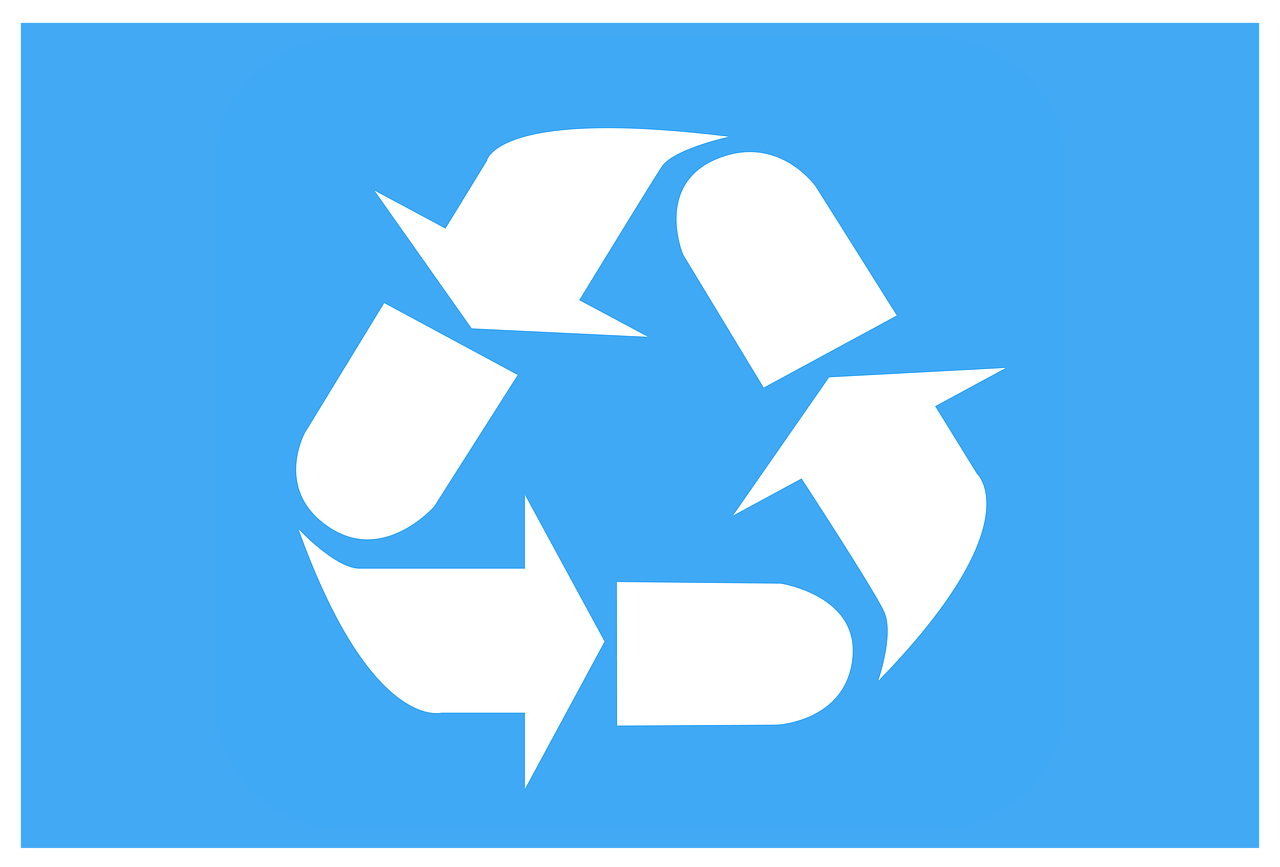Have you heard the phrase ‘reduce, reuse, recycle’ and wondered what it meant? The phrase refers to the waste hierarchy of waste management methods. It is best to reduce the amount waste first through prevention and minimisation. The next best method is to reuse existing products to extend their lifecycle. These approaches are better than recycling, which should be seen as a last resort. Here are some examples of what ‘reduce, reuse, recycle’ means in practice.
Reduce = reduce the amount single use items you use
How can you reduce the amount of waste you create? One way of doing this is buying some items in large containers. This can be done for shampoo, conditioner, hand soap, washing machine liquid, cleaning fluids, dishwasher liquid and washing up liquid online such as Refill and Ecover. Buying in large quantities will also save you money as well. You can reduce the amount you waste from food by buying loose fruit and vegetables as they do not have packaging and getting milk and other juices from the local milkman. This means you do not have to throw away plastic wrapped around fruit and vegetables and drink cartons for milk and juices. When going out, taking a reusable water bottle, coffee cup and shopping bag means you avoid buying single use water bottles, coffee cups and bags that will end up being thrown away.
Reuse = reuse items to avoid buying new items
Another way to extend the life of your products is to reuse them as long as possible. Try to repair clothes rather than throwing them away after a tear or stain and turning to fast fashion for a cheap replacement. There are more repair cafes popping up around the country that can repair your items for free. These items include clothes and anything in the house, including furniture. Borrowing books from a library rather than buying one is a way engaging in reusing items. There are an increasing number of platforms to make money from the second-hand market. You can resell your items on eBay or rent them on RentMy. There are apps such as Vestiaire to sell vintage and designer clothing. You can make money from selling books you are finished with by downloading the ‘Sell your books’ app.
It is even easier to give away things for free. There are more options than taking items to the local charity shop. There are online platforms such as such as Freecycle and Olio which you can give away, from furniture to food. You can give your children clothes away in many ways. There are companies that rent children’s clothes that would like to receive children’s clothes from you. If you need to get rid of an old bicycle, there are charities that refurbish them and give them away to those in real need of them. Re-cycle is a charity that refurbishes children’s bikes and send them to Africa for children who live a long way from their school and would have to walk miles to get to school. Getting a donated bike makes it easier for them to get an education.
Recycle = put recyclable products in the recycling bin
The most important thing to remember when it comes to recycling is to recycle properly. This is more important than trying to fill up the recycling bin as much as possible. First, it is important to put the right materials in the recycling bin: wood, glass, plastic (not film), cardboard, paper, metal. What can go in the recycling bin should be displayed in a picture on the recycling bin itself. Food should never be mixed up with these materials and should be in a separate food waste bin or composted. Second, avoid contamination of recycled materials. Contamination of recycled products mean they have been covered in things that are not recyclable, such as grease. Third, do not ‘wish-cycle’ and try to put everything in the recycling bin, even if it is inappropriate. This risks contamination and makes it harder to sort out rubbish at the recycling plant, which increases the costs of recycling. All it will achieve is to reduce the number of items that are recycled.

Leave a Reply